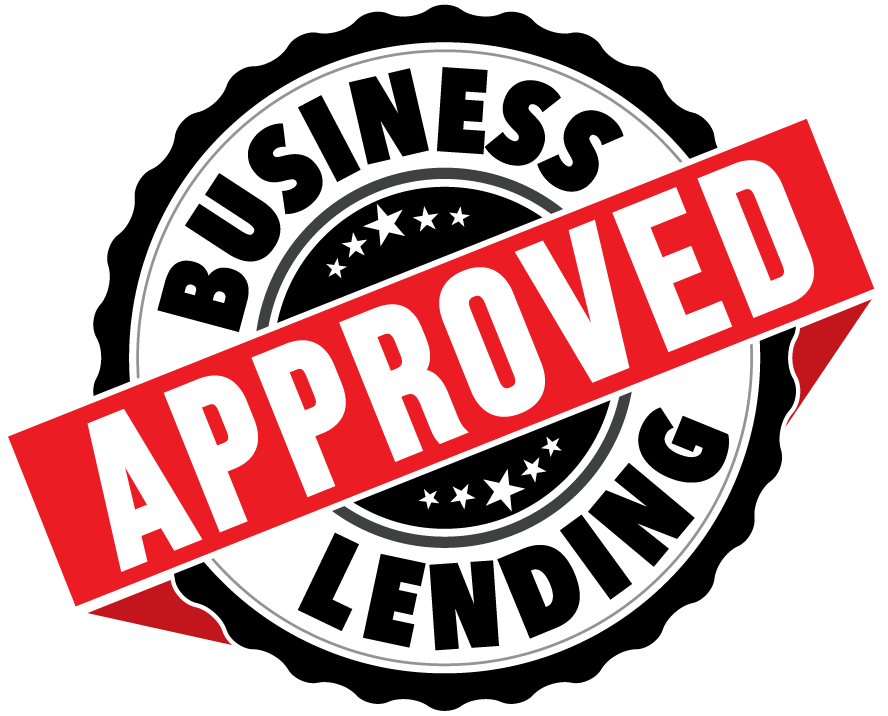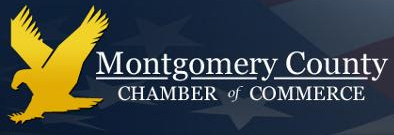A Simplified Process for Choosing a Corporate Structure for a New Business
Choosing a corporate structure is a very important step for your business, because it can have far-reaching implications with regard to how you raise money for your company and how you are taxed. It will also determine the degree of exposure you have to litigation, and whether your personal assets might be at risk.
Here are the major options available to you for your corporate structure.
Sole Proprietorship
For this business form, you don’t really need to formally create any kind of organization, and there’s no real paperwork involved. There’s actually no distinction between the owner and the business. While it has advantage of being the simplest form of business to set up, it also carries some disadvantages, chief among them the fact that anyone who decides to sue your business will also be suing you personally, so you might lose all of your assets.
Partnership
In this business configuration, two or more people share ownership in a company, with each contributing to the business in some way, perhaps by management skills or perhaps through financial investment. It’s always best if the partners have thoroughly discussed how control of the organization will be jointly managed between them and how specific issues will be handled. The business itself does not pay taxes, but they are passed through to the individual owners, and once again the individual owners are liable in any litigation.
S Corporation
Profits and losses in an S corporation are passed through to the owner’s personal tax returns, but an S Corporation is a legal entity which is responsible for its own business liabilities and debts. This business structure can achieve significant tax savings, and personal assets are protected from litigation, but there is generally more hassle associated with setting up an S corporation.
Limited Liability Corporation (LLC)
This is kind of a hybrid corporate structure which incorporates some of the features of an S corporation and a sole proprietorship. Owners would report profits and losses on their personal tax returns, much like a sole proprietorship would operate. The owner’s personal assets are protected in the event of litigation, although he/she would have to pay self employment taxes.
Have you chosen a corporate structure?
When you’ve decided on a corporate structure, the next major consideration you might encounter is where to obtain financing for your company. Contact us at Approved Business Lending, so we can discuss some options which may provide you with the capital you need to get your business off the ground and on the road to success.


